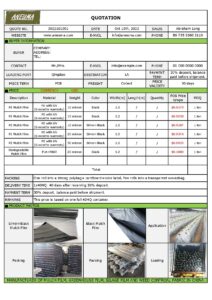Introduction
In the sprawling canvas of agriculture, where every inch of fertile soil holds the promise of sustenance, an unassuming hero emerges—the weed control fabric. This is not merely a fabric; it’s your ticket to a farm liberated from the tyranny of relentless weeds. Picture fields where your crops reign supreme, unhindered by invasive plant invaders. The journey you’re about to embark upon will unravel the secrets of this marvel. Weed control fabric is the embodiment of efficiency, sustainability, and productivity, and it’s poised to redefine the way you cultivate the land. Get ready to uncover its mysteries, harness its power, and usher in a new era of farming success.
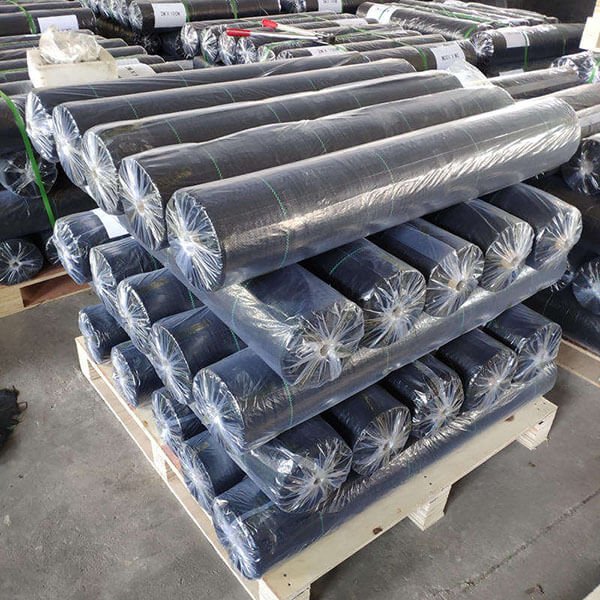
Understanding Weed Control Fabrics
Definition and purpose of weed control fabrics: Weed control fabrics, also known as weed barriers or landscape fabrics, are specialized materials designed to combat the relentless growth of weeds in agricultural settings. They serve as protective shields for crops, preventing unwanted weeds from encroaching on valuable growing spaces.
How weed control fabrics work: These fabrics operate on a simple yet effective principle. They create a physical barrier between the soil and the external environment, blocking the sunlight that weeds need to thrive. By depriving weeds of sunlight, weed control fabrics impede their growth, ensuring that crops receive the nutrients and resources they need to flourish.

Types of Weed Control Fabrics
Woven weed control fabrics: These are strong, durable fabrics with a woven texture. They are ideal for long-term weed control, providing excellent resistance against weed penetration. Woven fabrics are commonly used in commercial agriculture.
Non-woven weed control fabrics: Non-woven fabrics are made of fibers pressed together, creating a dense, felt-like material. They are effective for short-term weed control, such as in seasonal gardening projects.
Biodegradable weed control fabrics: Biodegradable fabrics offer an environmentally friendly option. They break down over time, reducing the need for removal after use. Biodegradable fabrics are often favored in organic farming.
Advantages of Using Weed Control Fabrics
Weed suppression and prevention: Weed control fabrics create an effective barrier against weed growth, significantly reducing the need for manual weeding or herbicides. This saves both time and labor, allowing farmers to focus on other essential tasks.
Moisture retention: Weed control fabrics help retain soil moisture by reducing water evaporation. This not only benefits the crops but also contributes to water conservation in agriculture.
Temperature regulation: These fabrics can moderate soil temperatures, protecting crops from extreme heat or cold. This ensures optimal growing conditions for plants.

Selecting the Right Weed Control Fabric
Factors to consider when choosing a fabric: Factors such as the type of crop, climate, and intended duration of use should influence the choice of weed control fabric. Some crops may benefit from the extended use of durable woven fabrics, while others may require the biodegradability of non-woven options.
Matching fabric types to crops: Different crops have varying needs. For instance, vegetables may thrive with non-woven fabrics, while tree orchards might require woven fabrics for long-term weed control.
Installation and Maintenance
Proper installation techniques: Correct installation is critical for the effectiveness of weed control fabrics. Properly secured fabrics ensure that weeds cannot find their way through gaps. Installation typically involves laying the fabric on prepared soil and securing it with stakes or pins.
Maintenance practices for weed control fabrics: Regular inspection is essential to address any damage or wear. In cases of damage, prompt repairs or replacements are necessary to maintain the fabric’s effectiveness.
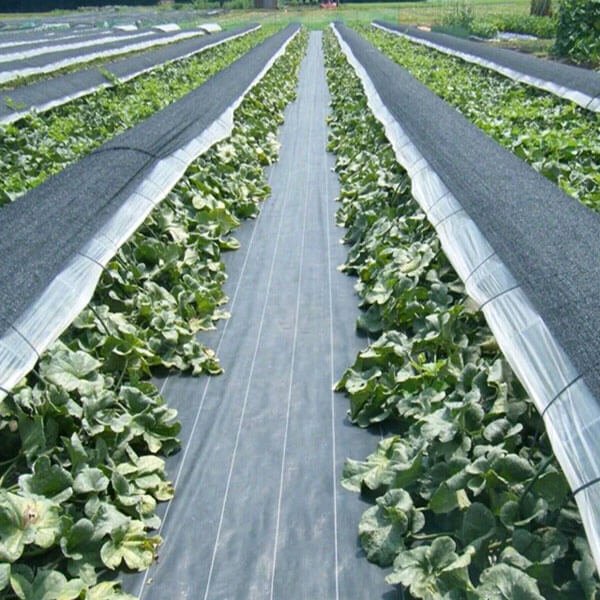
Weed Control Fabrics vs. Herbicides
A comparison of weed control methods: Weed control fabrics offer a viable alternative to herbicides, reducing the reliance on chemicals in agriculture. While herbicides are effective, they may have environmental and health concerns associated with their use.
The environmental impact of herbicides: Herbicides can leach into the soil and water, potentially harming non-target plants and wildlife. Weed control fabrics, on the other hand, provide a more localized and targeted approach to weed management.
Case Studies: Success Stories
Real-world examples of successful weed control with fabrics: Numerous farmers have embraced weed control fabrics with remarkable results. Increased crop yields and reduced labor costs are common benefits reported by users.
Increased yields and reduced labor: By effectively suppressing weed growth, these fabrics ensure that crops receive the nutrients, sunlight, and water they need to thrive. This leads to healthier, more abundant harvests.
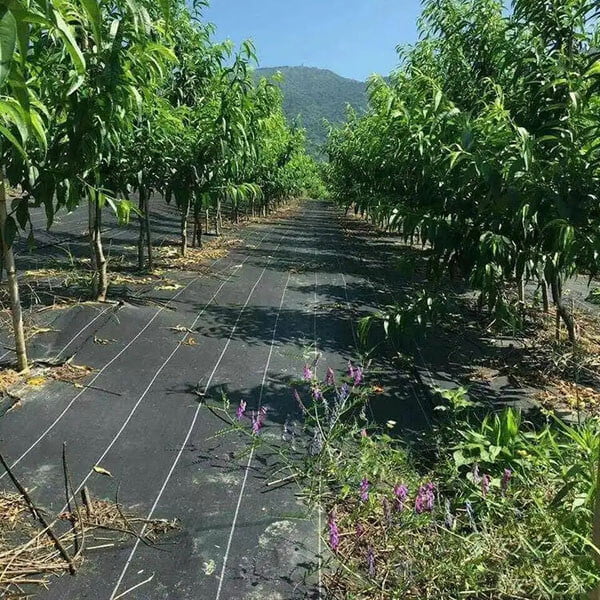
Challenges and Limitations
The limitations of weed control fabrics: While highly effective, weed control fabrics do have limitations. In extremely hot or cold climates, maintaining consistent soil temperatures can be a challenge.
Challenges in extreme weather conditions: In regions with severe weather fluctuations, fabric damage or deterioration may occur over time. Finding suitable fabrics for specific climates is crucial.
Sustainability and Environmental Impact
The eco-friendly aspects of weed control fabrics: Many farmers are turning to weed control fabrics as part of sustainable farming practices. These fabrics reduce the need for herbicides and minimize soil disturbance.
Reducing herbicide use and soil disturbance: Weed control fabrics contribute to healthier ecosystems by decreasing the chemical load in agricultural areas and preserving the structure of the soil.
Innovations in Weed Control Fabrics
Advancements in fabric technology: The weed control fabric industry continues to evolve, with ongoing research leading to more durable, efficient, and environmentally friendly materials.
Smart fabrics and data-driven weed management: The integration of technology, such as smart fabrics equipped with sensors, holds the potential to revolutionize weed control by allowing for precise monitoring and management.
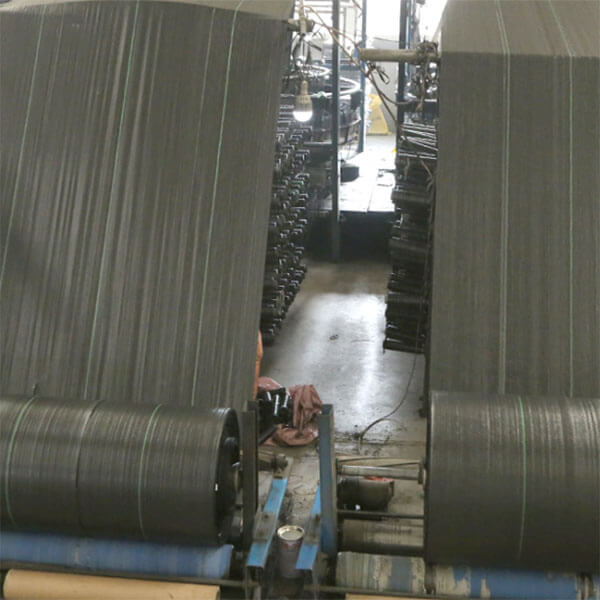
Future Trends in Weed Control
Predictions for the role of fabrics in weed control: The future of weed control fabrics looks promising. With ongoing innovations, these fabrics are expected to play an even more significant role in sustainable and efficient farming practices.
Integration with precision agriculture: The synergy between weed control fabrics and precision agriculture technologies will likely result in more targeted and efficient weed management systems.
Conclusion
In the ever-evolving landscape of agriculture, weed control fabrics have emerged as indispensable tools for modern farmers. These fabrics not only suppress and prevent weed growth but also contribute to moisture retention and temperature regulation. By reducing the need for herbicides and manual weeding, they enhance efficiency and sustainability in agriculture. As technology continues to advance, the future promises even more innovative applications of weed control fabrics, reinforcing their vital role in modern farming practices.

